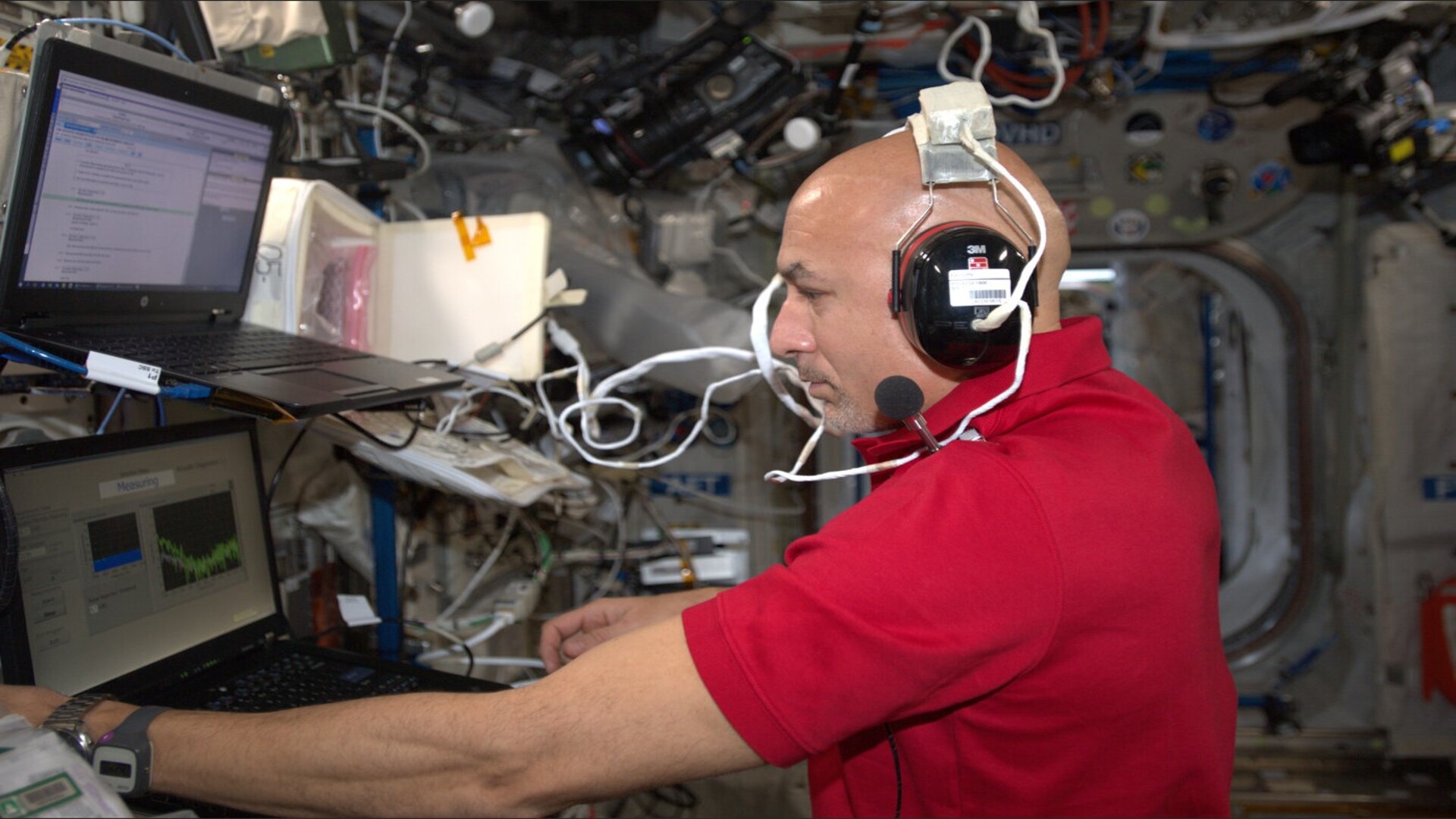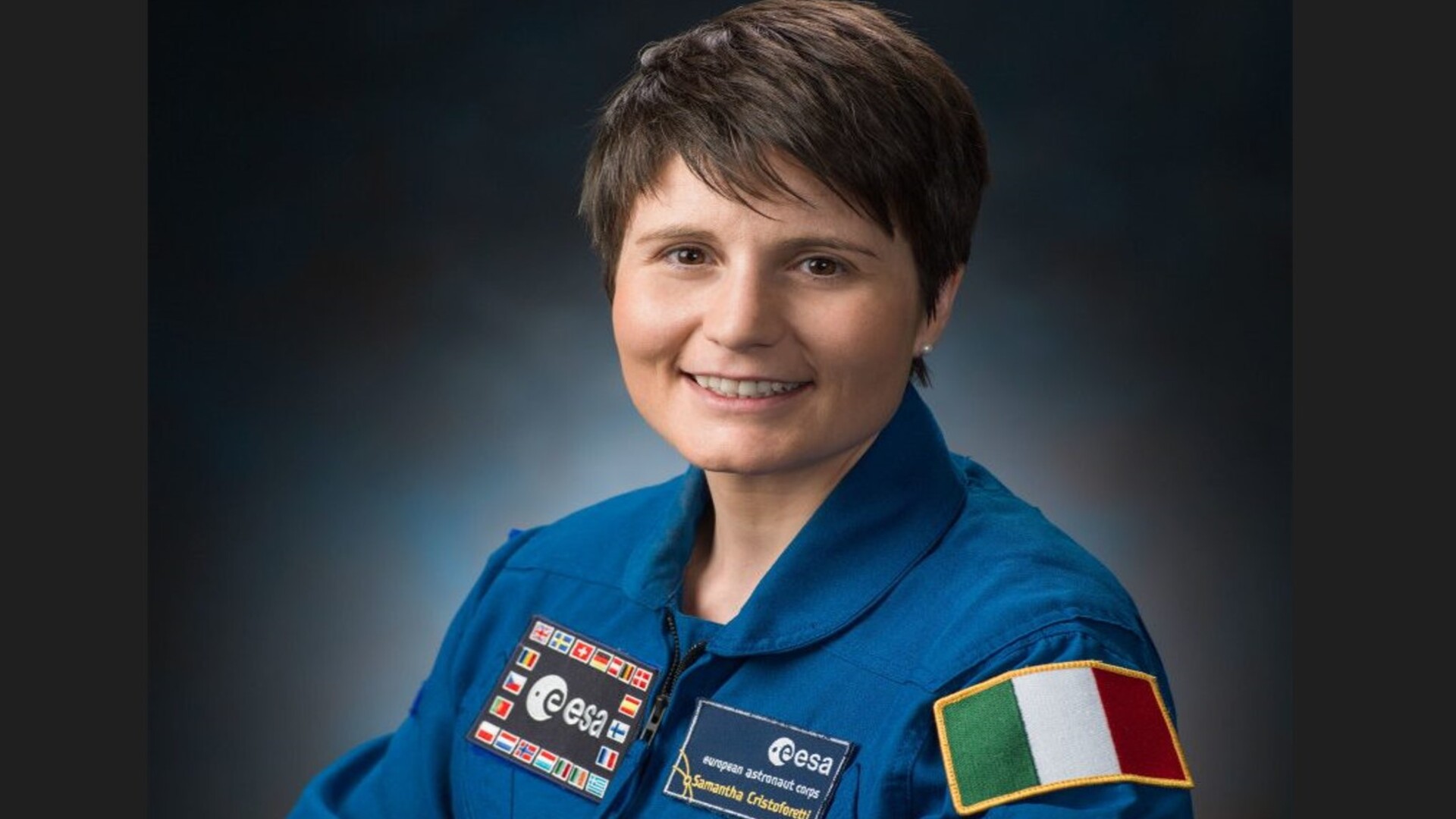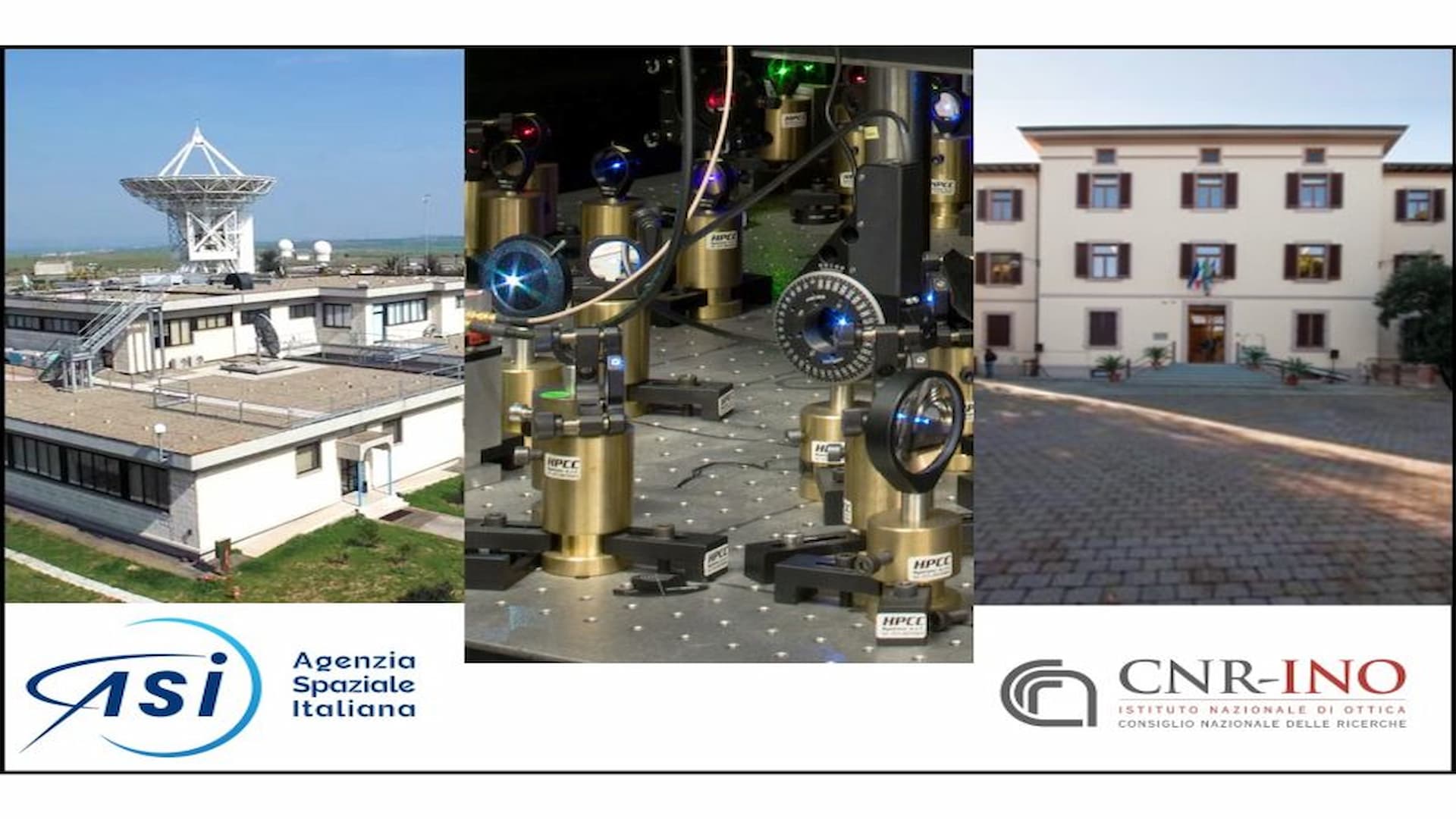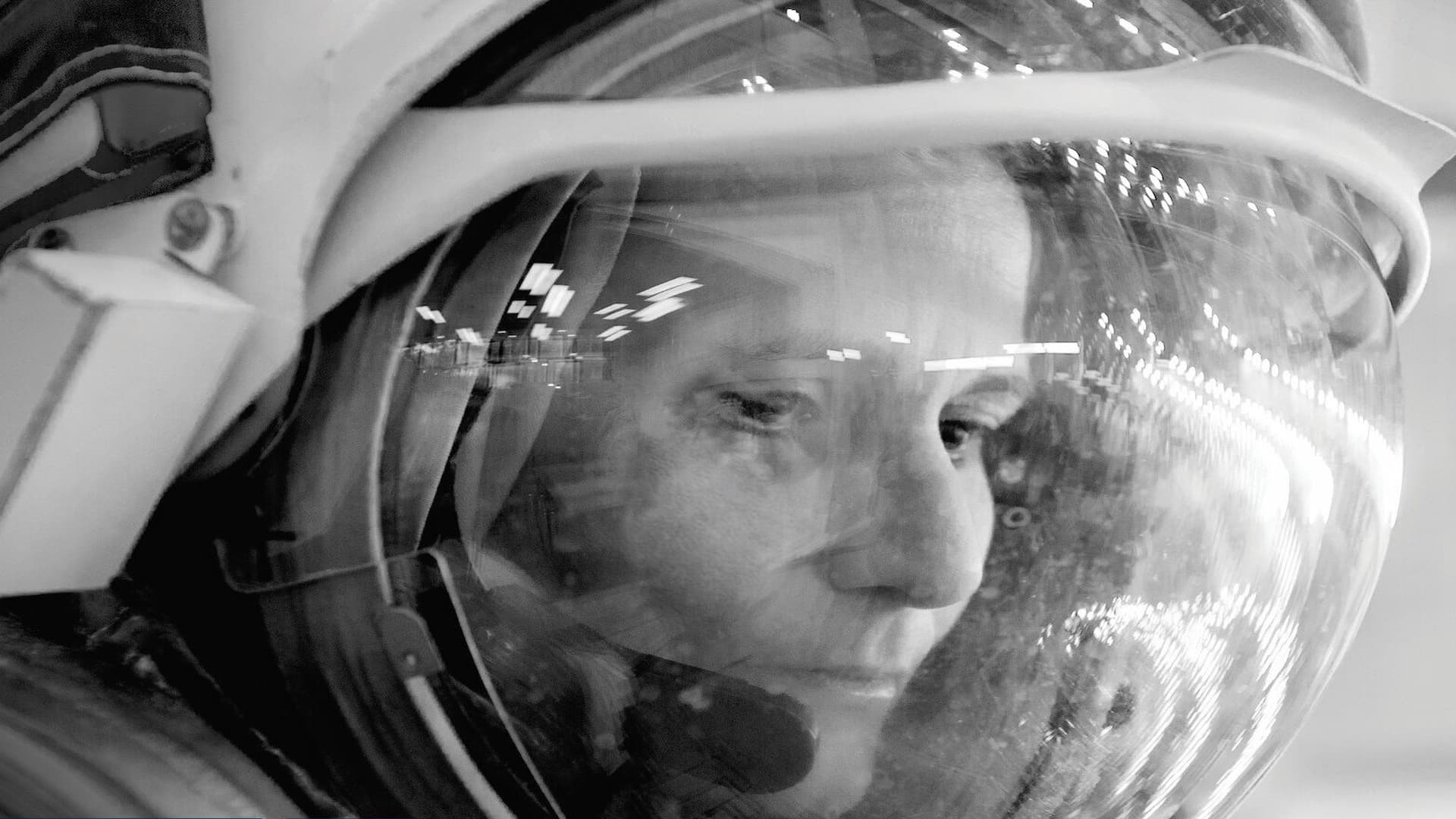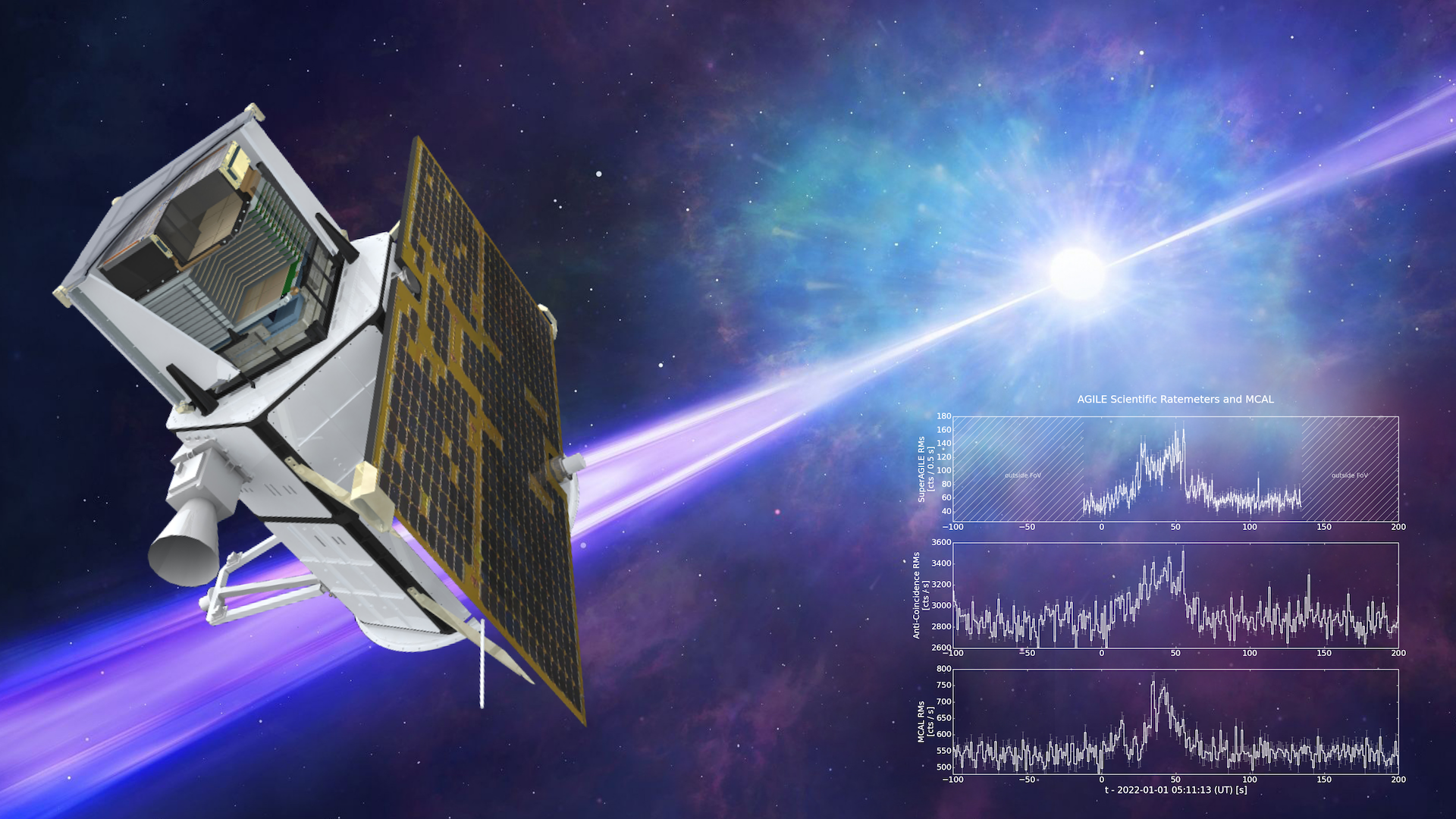The aim of ARTE (Advanced Research Thermal Passive Exchange) is to evaluate the performance of heat pipes, passive heat transfer devices used to increase the effective conductivity of a material while keeping the overall mass low, generally used in space, aeronautical, renewable energy, and industrial applications.
Heat pipes rely on phase change to transport heat and capillary pressure to transport mass. If one end of the heat pipe (evaporator) is heated the fluid in contact with that surface evaporates. Fluid vapor is at a higher pressure than the vapor in contact with the cooler surface at the opposite end of the device (condenser). Thus, vapor flows from the evaporator to the condenser, releases its latent heat of evaporation and condenses. The liquid travels back to the heated end due to capillary action. Meanwhile, the menisci in the corners change shape to create the capillary pressure gradient needed to pump the liquid to the heated end.
Up to now, a few number of heat pipes have been tested in microgravity environment. However, no research has been carried on applying real working conditions. The goals of this experimental analysis are to perform tests (on ground and in flight) on Axially Grooved Heat Pipes, about 20 cm long, with a circular section, filled with pure fluids or mixtures like pentane-isohexane (5%wt) and self-rewetting fluids (water-butanol) in real working conditions (10°C -100°C). The experiment uses low toxicity fluids that, unlike the ones currently used on the external ISS thermal loops (i.e. ammonia), make this investigation compatible with future human exploration applications.
The large number of experiments conducted on heat pipes in Earth’s gravity conditions has strongly contributed to increased knowledge on their performance. However, their behavior in microgravity environment is still to be investigated. Hence, this research on the International Space Station (ISS) could be an important milestone to design a completely passive device suitable on a wide range of applications.
The starting point for designing the device has been mainly taken from existing literature. To reduce dimensions and mass, the heat pipes are made of aluminum (Al-6060 or other aluminum alloys certified for space applications) instead of copper. Aluminum has a lower density than copper, which reduces the mass, and it is characterized by a lower fluids contact angle, which increases the capillary action.
The capillary pressure, that could be considered the driving force of the device, is generated by several grooves in the axial direction. Grooves promote the return of the liquid phase to the condenser reducing the risk of dry out phenomena. The design of the grooves is based on the analysis of capillary pressure, pressure losses in micro-channels and pressure losses in the vapor phase. A first set of results suggests the use of rectangular grooves instead of triangular ones.
As already mentioned, the heat pipes are filled with pure substances or mixtures, as pentane-isohexane (5% wt). Pentane has already been used in a previous experiment on board the ISS, the Constrained Vapor Bubble (CVB) experiment.
Other literature sources suggest the use of self-rewetting fluids (e.g. water-butanol) to improve performance due to the Marangoni effect. Therefore, heat pipe performance with these fluids could be tested.


